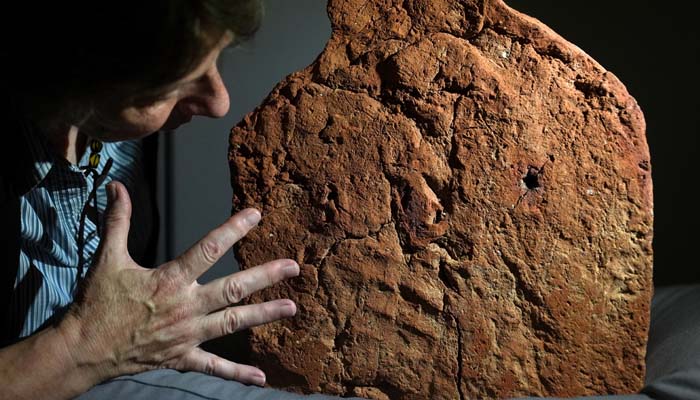
Archaeologists have discovered a “rare and exciting” 4,000-year-old handprint on an ancient clay.
According to BBC, the discovery of the handprint dating back to 2055 to 1650 BC was made by the researchers from the University of Cambridge while preparing for an exhibition on “soul house,” which is a type of clay house model found in ancient burials.
The Egyptian tomb was unearthed during the arrangements of an event at the Fitzwilliam Museum in Cambridge, England.
A senior Egyptologist at the Fitzwilliam Museum, Strudwick, said, “We've spotted traces of fingerprints left in wet varnish or on a coffin in the decoration, but it is rare and exciting to find a complete handprint underneath this soul house. This was left by the maker who touched it before the clay dried.”
“I have never seen such a complete handprint on an Egyptian object before. Things like this take you directly to the moment when the object was made and to the person who made it, which is the focus of our exhibition,” she added.
The researchers, after analysis, suggested that the potter might have created its framework with wooden sticks and then covered the two-story structure with clay.
The 4,000-year-old Egyptian handprint will be displayed during the Made in Ancient Egypt exhibition by the University of Cambridge at the Fitzwilliam Museum, set to begin on October 3.















